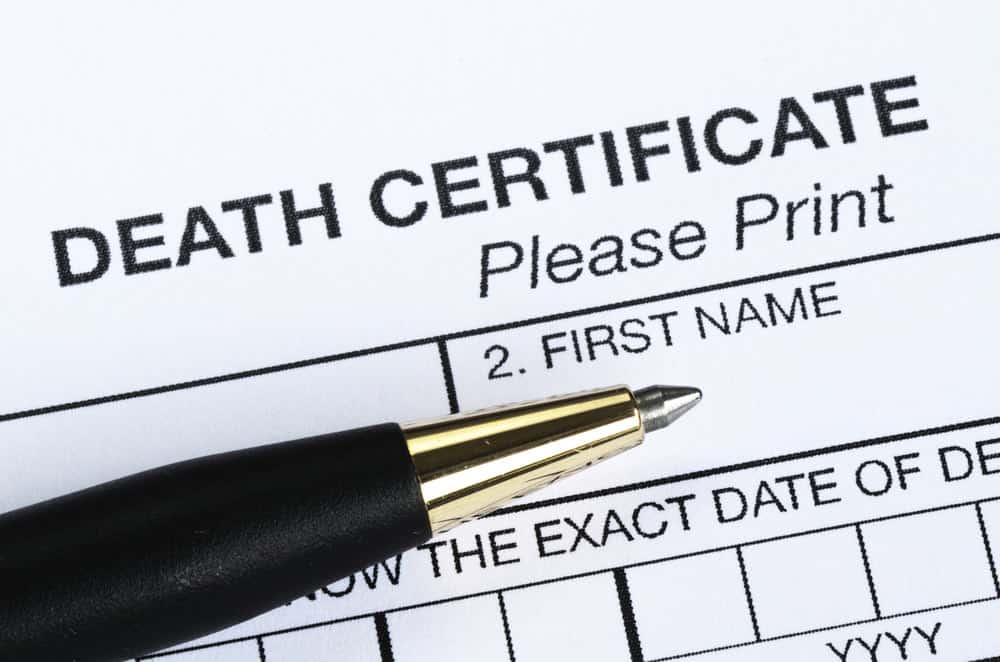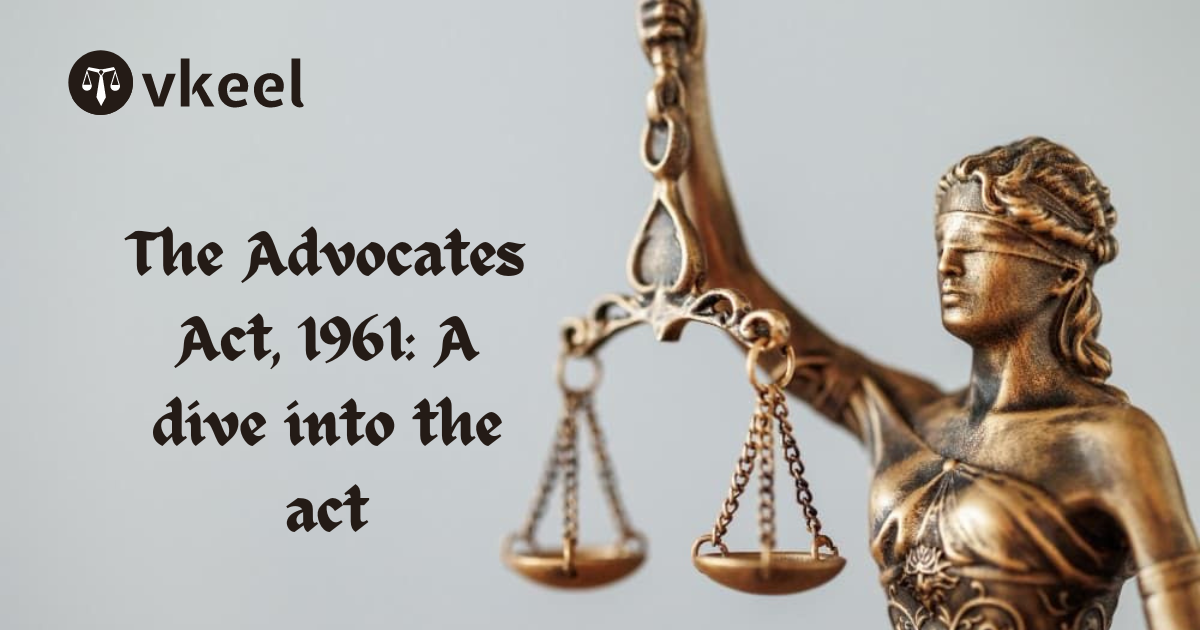Death Certificate of a Missing Person
By Kishan Dutt Kalaskar
According to the Registration of Births and Deaths Act, 1969, the occurrence of death of a person has to be intimated to the Registrar of births and deaths within twenty-one days of such death. The procedure for registration of the death is well-defined in the Act. It is imperative to ensure death registration and obtain a death certificate to avoid any issues relating to life insurance, probate grant, or administration letters that may arise later.
Nevertheless, the procedure to procure a death certificate for a missing person is complex and time-consuming. Since the process of proving death without a body requires some time and wading through formality, it maybe months before one can prove death and obtain a death certificate. In case of presumed death, a death certificate cannot be obtained until a declaration to that effect has been made by a civil court.
Consult with: Top Lawyers of India
What occurs if there is no body?
An individual is presumed to be alive until they are announced dead. Up to that point, no one has the authority to manage the deceased individual’s assets (regardless of whether claimed exclusively or mutually), life insurance, and it may not be possible to replace the individual as a regulator of a trust or organization. The assets are viably ‘frozen’, and no one has the authority to manage them. Depending upon the conditions can bring about trouble and difficulty for the individual’s family, employees and creditors.
If the individual had made a power of attorney before they went missing, things could continue as though the individual were alive at that point in certain regards.
How does the application work?
Under Section 108 of the Evidence Act, a person who remains missing and has not been heard of by persons who would have usually heard of him for seven years is presumed to be dead for all legal purposes. To prove that a person has gone missing, one has to show that the persons seeking such a declaration have taken appropriate steps to find the person. This may include filing a missing person complaint with the police, issuing advertisements, contacting relatives or friends and the like. The Court requires proof regarding the individual’s background, disappearing circumstances, and any witnesses’ account to disappearing the last person(s) to see the missing individual alive. The Court also requires evidence regarding what has occurred since the disappearance, both in search efforts and whether any action may propose the individual is as yet alive (for example, bank account activity). Once the Court is satisfied, it issues a decree declaring the person to be dead. Only after procurement of such a decree can the death certificate be obtained from the Registrar.
Talk with: Best Lawyers of India
This assumption doesn’t mean that the process is automatic; to get the advantage of this assumption and have the Order made, the applicant should, in any case, introduce the entirety of the evidence to satisfy the Court that the individual has disappeared and no indications of life. It is as yet a complex legal process to go through.
Procedures to issue death certificates for missing people
Given the provisions contained in the Registration of Births and Deaths Act, 1969(RBD), and the explanations as given by the Govt. of India, Ministry of Home Affairs, New Delhi and in the light of the way that certain people tend to impersonate themselves as the legal heirs of the missing people with malicious motives, the following rules/procedures are issued for the convenience of the general public and the guidance of the Civil Registration functionaries:
- a) Death Certificate for the missing people can be claimed by the legal heirs. In this manner, those claiming the Death Certificates must deliver the actual evidence to support their legal heir status.
- b) Under Section 108 of the Indian Evidence Act, 1872, a missing individual for over seven years is assumed dead. Notwithstanding, the said section is silent about the death’s date and place, which a Competent Court can decide depending on the oral/documentary evidence before the Court. According to the explanations given by the Ministry of Home Affairs, each candidate/Legal heir ought to hence get necessary orders from the Competent Court by swearing in necessary affidavit not just for getting the date and place of death of the missing individual yet additionally for going through the deferred registration process under the Registration of Births and Deaths Act, 1969. Specimen format is being made accessible in all the RBD centres.
- c) All the candidates/Legal heir of the missing people will present the affidavit appropriately solemnized before their respective Judicial First-Class Magistrate as the case might be alongside the Death Report and any remaining supporting proof/records as accessible with them to help the missing event of the individual concerned, FIR lodged, a published copy of missing people in the Daily Telegrams, any reference(s) from the business/Department and so forth to the Office of the Chief Registrar of Births and Deaths for verification.
Court precedents
In Life Corporation of India v. Anuradha, the Apex Court explicitly stated that neither the Evidence Act nor logic or reason could permit the presumption of death to be stretched to such an extent that the person not heard of for seven years was dead on the date of his disappearance. At what point of time a person was dead is not a matter of presumption but of factual or circumstantial evidence. The onus of proving that the death had taken place at any point within the seven years of disappearance lies on the person who claims it. There is no presumption of the time of death of a person. Unless the dispute comes before any forum or in a legal proceeding, the presumption of death cannot be raised.
In Union of India v. Polimetla Mary Sarojini, it was held that there vests an inherent danger in presuming that the date of death of a missing person shall be the day he went missing. It would lead to the failure of several legal heirs’ claims due to the limitation period’s expiry despite the presumption being raised only after seven years from the date he was last heard of. Therefore, the Court opined that such a person could be presumed to be dead on the day after the completion of seven years.
Consult with: Top Lawyers of India
In Sanju Devi v. State, it was held that a person must file a suit for declaration of civil death to successfully establish the factum of death. Death itself is not a fact per se but is itself in question; it is required that a civil court shall pass a decree declaring the concerned person’s death. Only when such a declaration is made can the benefits of estate or succession rights vest in the legal heirs.
Conclusion
When a family member dies, and no proof of passing exists, that individual should be lawfully pronounced expired. This process, known as death in absentia, is often difficult, as it requires relatives to deal with their misfortune and navigate through a complex framework.
Disclaimer:
The information provided in the article is for general informational purposes only, and is not intended to constitute legal advice or to be relied upon as a substitute for legal advice. Furthermore, any information contained in the article is not guaranteed to be current, complete or accurate. If you require legal advice or representation, you should contact an attorney or law firm directly. We are not responsible for any damages resulting from any reliance on the content of this website.












